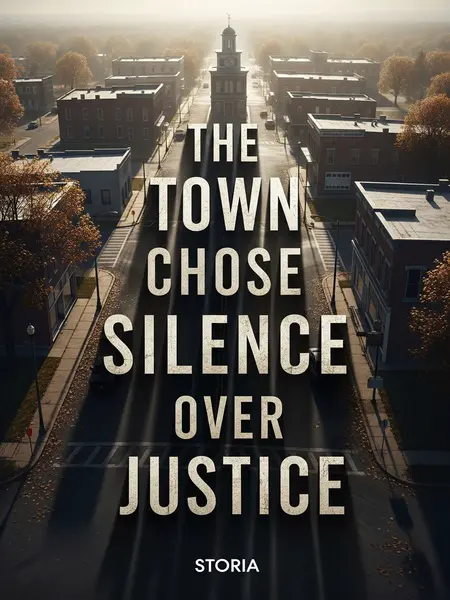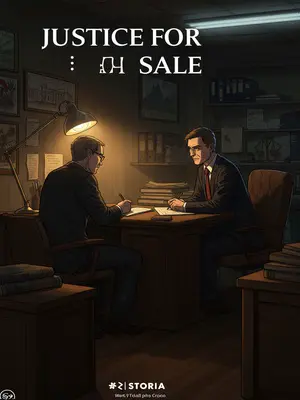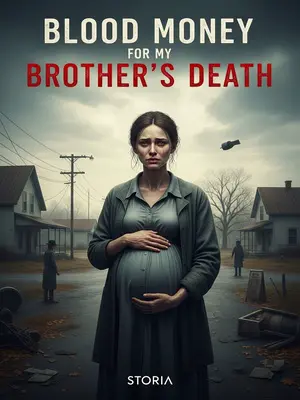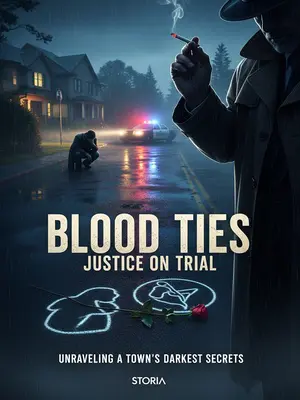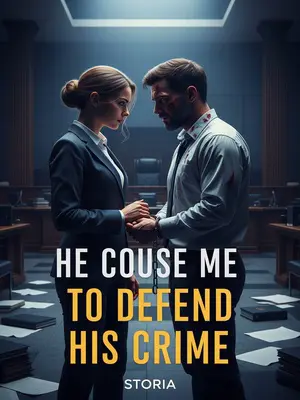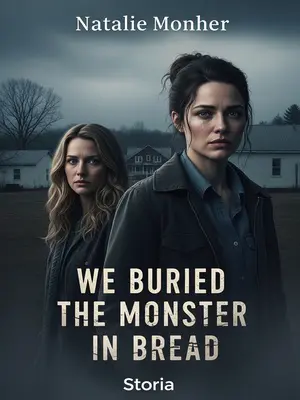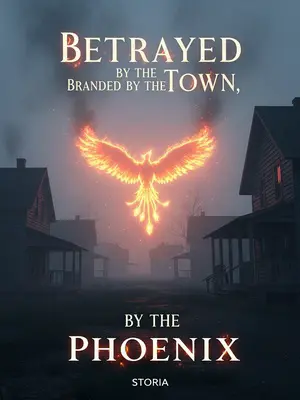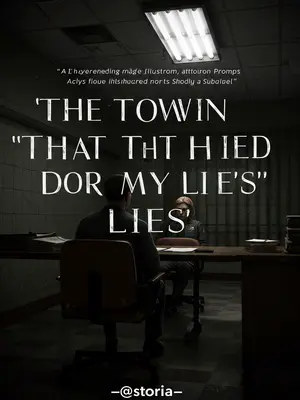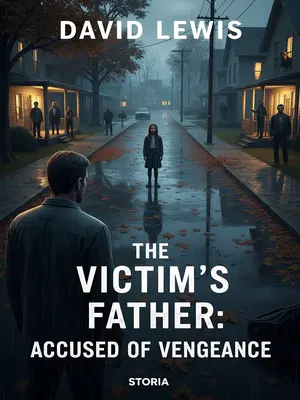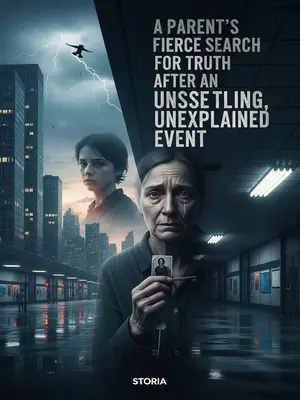Chapter 3: Fault Lines
To uncover the truth, Jason and I decided to canvass the entire town, including the local elementary school.
We split up the tasks—he handled the school, I took the neighborhoods. It was the kind of door-to-door work that made your badge feel heavy, every conversation laced with awkwardness as folks tried to help but also keep their distance from scandal.
Most folks with a way out had already left, leaving the old and the young to make do.
Emily had two inseparable best friends: Rachel Greene and Sarah Young. They were classmates and also lived with relatives while their parents worked out of state.
Rachel and Sarah—names that sounded like any pair you’d find scribbled together in a yearbook margin. Both had that look of kids left in the care of aunts or grandparents, old enough to make their own snacks but still young enough to miss the warmth of a mother’s hug. Their stories mirrored Emily’s: parents chasing work elsewhere, childhoods spent in borrowed homes.
We spoke briefly with them in the presence of their guardians. But, frightened by Emily’s death, the girls barely spoke, so we only gathered a few basic facts.
The girls sat close together on the edge of a worn-out sofa, hands twisting nervously in their laps. Their guardians hovered nearby, casting long, suspicious glances at us. Every word felt rehearsed, and we quickly realized we’d get little more than the basics: school, chores, the occasional sleepover. Their grief was fresh, but the fear in their eyes hinted at something deeper.
First, the three of them would sometimes go together to the county park on weekends, about once a month. It wasn’t far—just a thirty-minute walk. Coincidentally, they had gone last weekend as well.
They described it like any kid would—a spot for skipping stones and chasing each other under the maple trees, not far from home. The park was a rare slice of freedom in a town with little to offer, and their faces softened a bit when they mentioned it. It was routine, comforting. Or so it seemed.
Second, after school on weekdays, they often hung out at a small convenience store, buying candy, doing homework, and watching TV.
It was the sort of place where the shelves were never quite full and the TV behind the counter always flickered with static. The girls pooled their spare change for candy and sodas, sometimes finishing their homework at a back table if the weather turned bad. For them, it was a haven; for us, another lead.
We visited this store. The owner was Ben Thompson, a sixty-year-old bachelor farmer—what folks in town called an old bachelor.
Ben was a fixture in the community—a solitary man with a bushy gray beard and a collection of flannel shirts. The kids called him "Mr. Ben," and he was as likely to slip them a free pack of gum as he was to scold them for giggling too loud. He knew everyone’s story, and his own loneliness seemed to echo in the empty aisles.
He remembered Emily well, but said it was always just the three girls who visited his store; he almost never saw any men with them.
He shuffled nervously as he spoke, voice wavering a little. “Always those three, never any boys. Sometimes they’d stay a while, but it was all innocent—just kids being kids.”
Third, at their school, the principal was already overwhelmed by the case, as public pressure was immense.
Principal Warren looked like he hadn’t slept in days, fielding calls from angry parents and frantic reporters. You could see the strain etched into his face, as if he carried the town’s collective anxiety on his shoulders.
Emily’s homeroom teacher was David Carter, a disheveled middle-aged man.
David Carter was the sort of teacher who blended into the background—always slightly rumpled, with an unkempt tie and coffee stains on his shirt. He’d been at the school for years, a distant cousin to Joe but not close enough for it to matter day to day.
He smoked as he spoke, saying he had to manage three classes by himself and couldn’t keep track of everything, so he wasn’t very clear on the details.
The stale scent of cigarettes lingered around him. “I do my best, but it’s just me for three classes. Hard to keep track of every kid.” He sounded defensive, maybe a little embarrassed, hiding behind a wall of excuses.
Even Joe Carter, who lived with Emily day and night, hadn’t noticed her pregnancy. For a homeroom teacher lacking a sense of responsibility, it was understandable he hadn’t noticed either.
No one wanted to say it out loud, but the truth was that Emily—quiet, withdrawn—had become nearly invisible. With overworked staff and too many kids in crisis, she’d slipped through every crack.
There were many children living with relatives at the school, but a severe shortage of teachers. What David Carter said wasn’t far-fetched.
It was a systemic problem—too many children left behind, too few adults watching closely. You could sense the fatigue in the staff, their words tinged with resignation. “We do what we can,” the principal sighed, but everyone knew it wasn’t enough.
That was the bulk of our preliminary investigation into Emily’s situation.
We documented everything, piecing together a portrait of a neglected child in a neglected town. But the more details we gathered, the more the truth seemed to blur at the edges, as if refusing to be pinned down.
I lay out all these details because within them lies the root of all the evil in this case.
Every overlooked moment, every adult who looked away, every resource stretched too thin—together, they formed the soil in which something unspeakable had grown. Even now, I can’t help but wonder: if just one person had paid closer attention, would any of this have happened?
Just as we were sorting through this information and preparing to broaden our investigation, a dramatic turning point occurred.
